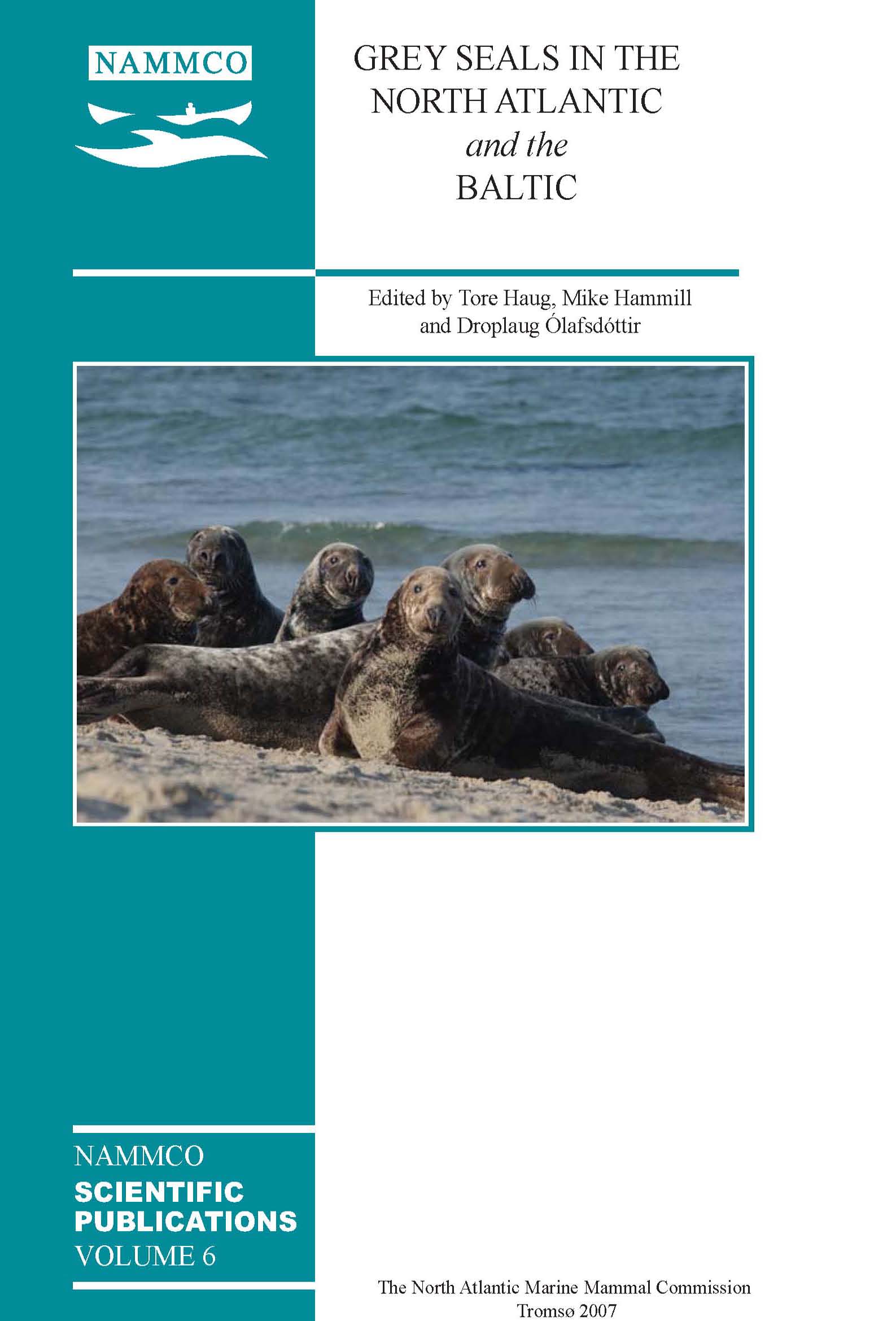Present knowledge of grey seals (Halichoerus grypus) in Faroese waters
DOI:
https://doi.org/10.7557/3.2724Keywords:
grey seals, Faroe IslandsAbstract
The grey seal (Halichoerus grypus) is the only pinniped species breeding in the Faroe Islands. They are present all year round, and can be observed throughout the archipelago, but prefer to reside in exposed coastal areas, away from human settlements. Grey seals breed primarily in caves, common along the Faroese coastline. Systematic scientific investigations have not been conducted on grey seals in the Faroes. Present population level is presumably around 1,000 to 2,000 animals. These seals have probably been hunted since the Norse settlement in the 8th century. Apparently, this removal has prevented the population from increasing above a certain threshold. Tagging studies have demonstrated a connection with seals from UK waters,but the magnitude and influence of this movement is not known. Present biological knowledge is very limited and insufficient; this is due largely to the inaccessible nature of these seals.Downloads
Published
2007-01-01
How to Cite
Mikkelsen, B. (2007). Present knowledge of grey seals (<i>Halichoerus grypus</i>) in Faroese waters. NAMMCO Scientific Publications, 6, 79–84. https://doi.org/10.7557/3.2724
Issue
Section
Articles





